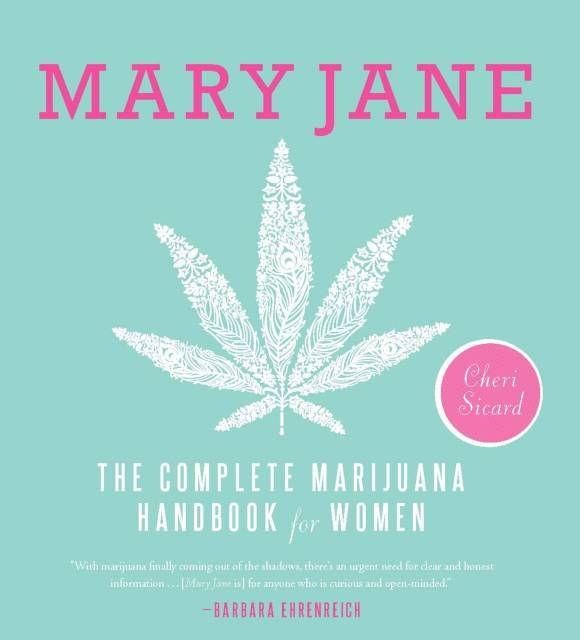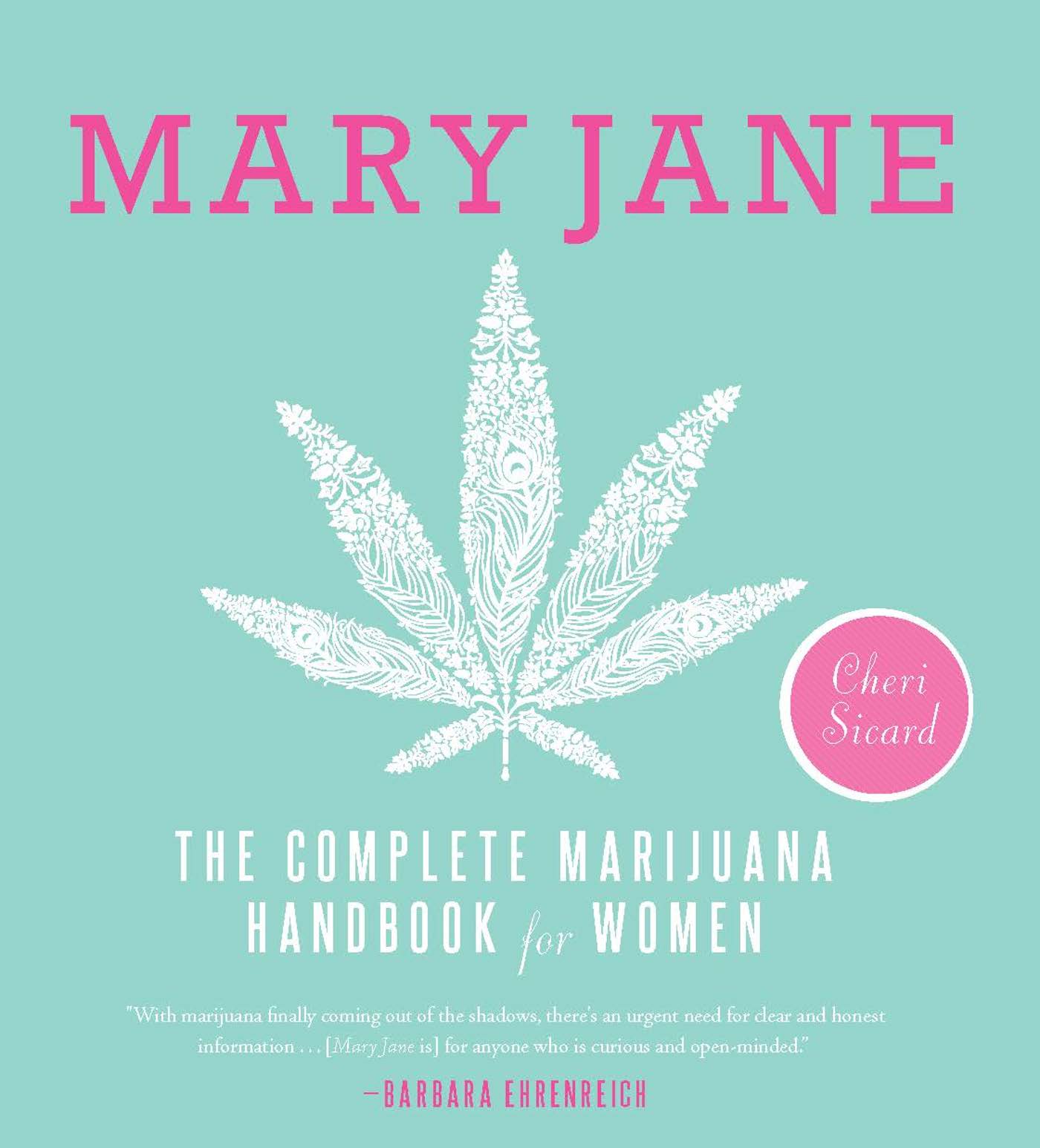Mary Jane
The Complete Marijuana Handbook for Women
Contributors
By Cheri Sicard
Formats and Prices
Price
$11.99Price
$15.99 CADFormat
Format:
- ebook $11.99 $15.99 CAD
- Trade Paperback $18.00 $22.50 CAD
This item is a preorder. Your payment method will be charged immediately, and the product is expected to ship on or around April 7, 2015. This date is subject to change due to shipping delays beyond our control.
Also available from:
Covering the aspects of cannabis that matter most to women, Mary Jane takes readers on a guided tour through the new world of marijuana, where using pot can be healthy, fun, stylish, and safe. In Mary Jane, marijuana expert Cheri Sicard reveals everything women have needed to know but may have been afraid to ask about using cannabis. Packed with everyday tips, topics include:
How to Host a Pot Party
Medibles, Edibles, and Other Smoke-Free Options
Easy Recipes for Foodies
Budding Beauty Products
Taking Mary Jane to Bed
Deals and Steals for Your Budget
Gotta-Have-It Gadgets
Grow Your Own Garden
Remedies for Everyday Ailments
Movies & Music
Travel Tips
Pot and Parenting
DIY Pipes and Projects
What the Celebs are Saying
. . . and much more!
- On Sale
- Apr 7, 2015
- Page Count
- 232 pages
- Publisher
- Seal Press
- ISBN-13
- 9781580055529
Newsletter Signup
By clicking ‘Sign Up,’ I acknowledge that I have read and agree to Hachette Book Group’s Privacy Policy and Terms of Use







